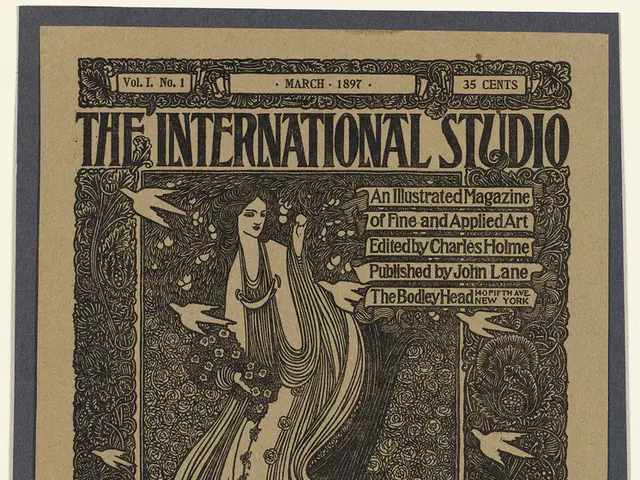Thirty Accurate Details About Ancient Rome's Impact on History, Redefining Your Perspective
In the annals of history, the Roman Empire stands as a beacon of civilization, its influence stretching far beyond its time. Yet, as we delve deeper into the annals of this storied civilization, a wealth of lesser-known facts and intriguing details come to light, painting a more comprehensive and nuanced picture of Ancient Rome.
One such surprising revelation is the extensive timber use and deforestation that characterized the Roman Empire. The demand for timber for building, shipbuilding, and fuel led to a rapid decline of forests around Rome, necessitating long-distance trade in wood, such as timber imported from the Jura mountains in France.
Roman infrastructure was another hallmark of the empire's advancement. Roman roads, constructed with strong foundations and advanced drainage, were incredibly durable. Remarkably, parts of their road network were still functional a thousand years after the fall of Rome. This extensive road system supported military, trade, and administrative efficiency, giving rise to the phrase "all roads lead to Rome."
The Roman government also established an advanced postal and messaging system. Rest stops and horse relays were set up along roads, allowing messages to travel up to 80 km (50 miles) per day, a feat impressive for the time.
Water supply and public sanitation were other areas where the Romans excelled. By the 3rd century AD, Rome was supplied by 11 aqueducts totaling 450 km (280 miles) in length, bringing water to urban and agricultural sites. The Romans made significant improvements in sanitation with innovations like the public baths (thermae), flush toilets, indoor plumbing, and the large sewer system called the Cloaca Maxima that drained marshes and carried waste into the Tiber River.
As Rome's population grew, they created multi-storey apartment buildings called *insulae* (“islands” in Latin) to house people, an early form of urban high-density living not commonly acknowledged. Ancient Rome also had establishments similar to modern fast food restaurants called thermopolia, where people could quickly purchase prepared food.
Interestingly, the site of Julius Caesar's assassination is often overlooked. Contrary to popular belief, Caesar was not killed in the Roman Forum but near a different historic spot called Largo di Torre Argentina.
Rome's official mascot, a she-wolf, symbolizes the legendary twin founders Romulus and Remus who were said to have been raised by a wolf. The Tiber Island in the middle of Rome’s river has been home to a hospital for centuries and is small enough to cross in just 5 minutes—this functional use of a natural feature is quite unique.
However, the lives of people in Ancient Rome were significantly different from our own. For instance, the image of Rome we have today may not accurately represent the reality of the civilization. The common people had concerns about the cleanliness of communal poop sponges, and there was a possibility of parasitic worms in Ancient Roman toilets.
Emperors in Ancient Rome might have had a fresh glimmer of urine on their teeth, as they often used urine for dental care. Some Romans wore phallic art as part of their culture, while others wore metal-winged penises around their necks for good luck.
Emperor Caracalla threatened to kill his mother if she cried upon the death of his brother, and Emperor Nero, after the death of his wife, Sabina, castrated a boy and made him pretend to be his dead wife. These historical facts serve as a stark reminder of the unique sets of beliefs and ideas that characterized Ancient Rome.
In conclusion, the Ancient Rome Facts gallery provides insights into the unusual nature of this storied civilization. These intriguing facts highlight that Ancient Rome's innovations, urban challenges, and cultural details extend beyond the typical narratives taught in schools, shedding light on their advanced infrastructure, social life, and myths.
- The history of Ancient Rome reveals surprising facts that go beyond the typical narratives, such as the extensive use of timber, which led to deforestation and long-distance trade, or the unique public baths and sewer systems that showcased the civilization's development in education-and-self-development and engineering.
- Nature also plays a significant role in understanding Ancient Rome, as seen in the declining forests due to timber demand, the utilization of the Tiber Island for a hospital, and the use of urine for dental care – all of which showcase the unique interplay of science, culture, and daily life in this civilization.




